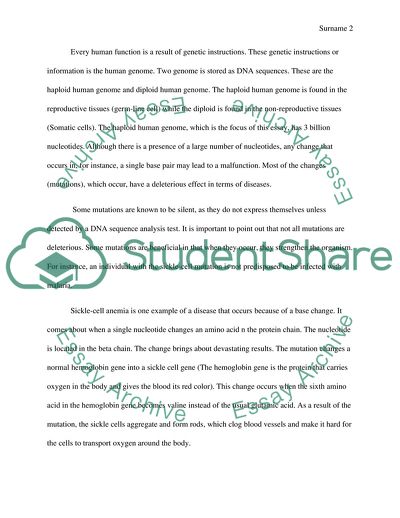Cite this document
(Mutation and Polymorphism Essay Example | Topics and Well Written Essays - 2000 words - 5, n.d.)
Mutation and Polymorphism Essay Example | Topics and Well Written Essays - 2000 words - 5. https://studentshare.org/biology/1875747-final
Mutation and Polymorphism Essay Example | Topics and Well Written Essays - 2000 words - 5. https://studentshare.org/biology/1875747-final
(Mutation and Polymorphism Essay Example | Topics and Well Written Essays - 2000 Words - 5)
Mutation and Polymorphism Essay Example | Topics and Well Written Essays - 2000 Words - 5. https://studentshare.org/biology/1875747-final.
Mutation and Polymorphism Essay Example | Topics and Well Written Essays - 2000 Words - 5. https://studentshare.org/biology/1875747-final.
“Mutation and Polymorphism Essay Example | Topics and Well Written Essays - 2000 Words - 5”. https://studentshare.org/biology/1875747-final.


